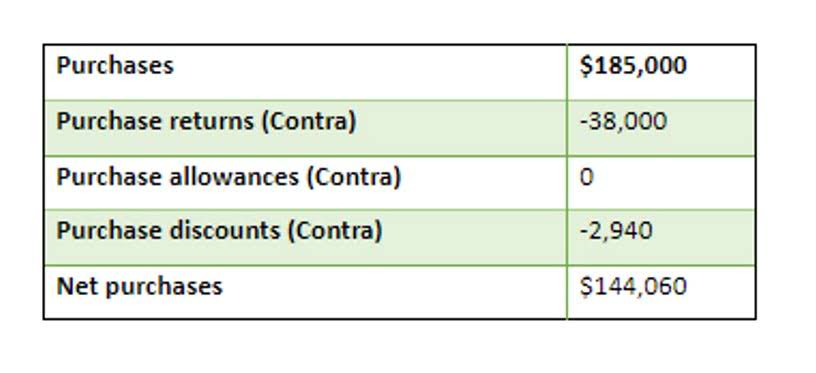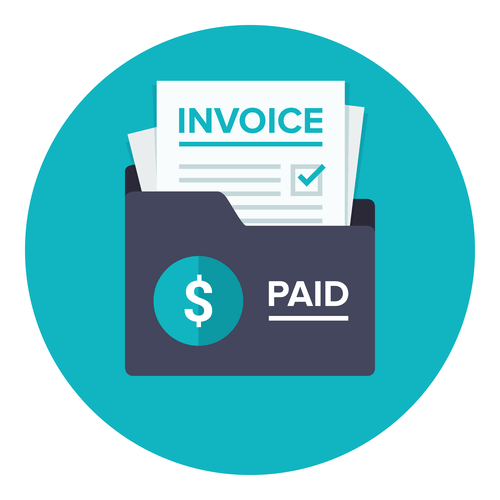
Retained earnings appear on the balance sheet under the shareholders’ equity section. However, they are calculated by adding the current year’s net profit/loss (as appearing in the current year’s income statement) and subtracting cash and stock dividends from the beginning period retained earnings balance. A retained earnings statement works like a snapshot of a company’s activity how to solve for retained earnings over a specific accounting period, showing how the business decided to reinvest profits or distribute dividends to shareholders. It complements the income statement, and you’ll find the final result recorded in the ‘equity’ section of the balance sheet.

Step 3: Add Net Income From the Income Statement

Meaning the retained earnings balance as of December 31, 2022 would be the beginning period retained earnings for the year 2023. Since cash dividends result in an outflow of cash, the cash account on the asset side of the balance sheet will get reduced by $100,000. This outflow of cash would also lead to a reduction in the retained earnings of the company as dividends are paid out of retained earnings. Retained earnings are business profits that can be used for investing or paying down business debts. They are cumulative earnings that represent what is leftover after you have paid expenses and dividends to your business’s shareholders or owners.
- Though cash dividends are the most common payout, remember that stock dividends are another option.
- If your company pays dividends, you subtract the amount of dividends your company pays out of your retained earnings.
- We can find the retained earnings (shown as reinvested earnings) on the equity section of the company’s balance sheet.
- The purpose of a balance sheet is to ensure all your bookkeeping journal entries are correct and every penny is accounted for.
- Companies can strengthen their financial stability and support long-term growth by keeping some profits within the business.
- So, retained earnings are the profits of your business that remain after the dividend payments have been made to the shareholders since its inception.
Top 8 Easy-to-Use SMB Accounting Software

And if your retained earnings is lower than your assets, it could mean that you’re spending too much or not making enough money. They represent the portion of net income that the business re-invests in the company or holds as a reserve and are recorded as equity on its balance sheet. Retained earnings, also known as RE, refer to the total amount of profit a business is left with to reinvest after paying shareholder petty cash dividends. These funds can be used for anything the business chooses, including research and development, buying new equipment, or anything else that will lead to growth for the company.

How to calculate the effect of a cash dividend on retained earnings?
Retained earnings can also be reported as a percentage of total earnings, known as a retention ratio. High-debt companies may retain more earnings to reduce debt and improve financial Insurance Accounting health. Thus, while making an analysis about the financial condition of the company, it is necessary to know both the benefits and limitations of the calculation so that informed decision can be taken regarding investment. If you are a new business and do not have previous retained earnings, you will enter $0. And if your previous retained earnings are negative, make sure to correctly label it. By proving that your company is profitable enough—with $175,000 in retained earnings that can already be put toward expansion—the investor is likely to take a bet on you.
- Calculating retained earnings is crucial for assessing a company’s financial stability, growth potential, and management of profits.
- From there, the company’s net income—the “bottom line” of the income statement—is added to the prior period balance.
- The magic happens when our intuitive software and real, human support come together.
- If you don’t pay dividends, you can ignore this part and substitute $0 for this portion of the retained earnings formula.
- If you have a net loss and low or negative beginning retained earnings, you can have negative retained earnings.
How to Calculate Retained Earnings (The Formula + Examples)

You’ll want to find the financial statements section of a company’s annual report in order to find a company’s retained earnings balance and all the supporting figures you’ll need to complete the calculation. Retained earnings are recorded on the company’s balance sheet under shareholders’ equity, showing how much profit has been reinvested in the business rather than paid out to shareholders. Retained earnings are calculated by adding/subtracting the current year’s net profit/loss to/from the previous year’s retained earnings and then subtracting the dividends paid in the current year from the same. The statement of retained earnings is a financial statement entirely devoted to calculating your retained earnings. Like the retained earnings formula, the statement of retained earnings lists beginning retained earnings, net income or loss, dividends paid, and the final retained earnings.


